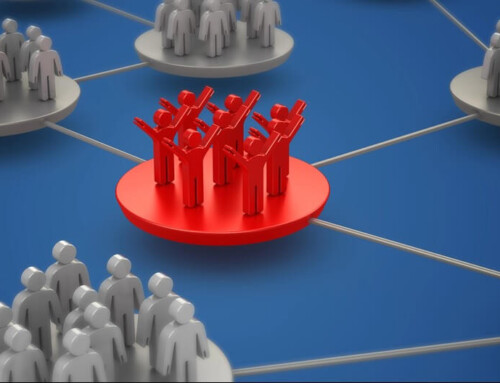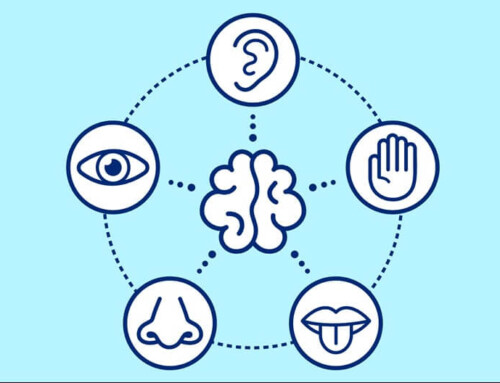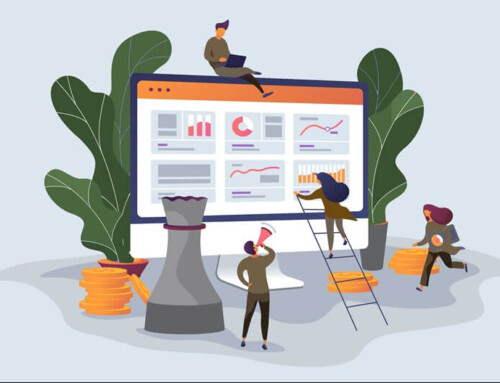One critical element of business management is ensuring that one’s employees are motivated. Regardless of the product or service your company offers, business success is contingent on employees who strive to do their best. This is not a new theory—companies all over the world use various means to motivate their workers. But what is the psychology behind this? How do these incentives work?
The Goal of Incentives
An incentive program is essentially a reward system. The underlying premise is that the promise of a reward is a significant motivator. Other theories, such as the drive-reduction theory, suggest that people are pushed into action by internal drives. Incentive programs, however, rely on the presence of something external that an employee will value. In the words of one author, “people are pulled toward behaviors that offer positive incentives and pushed away from behaviors associated with negative incentives.” (1)
Consider your education experience, for example. For students, good grades serve as a strong incentive to excel academically. An exceptional GPA might get you on the Dean’s List or give you access to scholarships you could not otherwise receive. A student might also be motivated by praise and reinforcement from a teacher. All of these factors are external influences that encourage a student to work hard. When someone values the reward held out to them, they will put in the time and effort necessary to earn it.
It is therefore the perceived value of a thing that makes it an incentive. A person with a Lamborghini won’t be motivated by the offer of a ’97 Ford Taurus. A new French press might excite a married couple, but it probably won’t motivate their preteen to get better grades. At the same time, the incentive must be attainable. A student with one week of classes left couldn’t boost his 2.5 GPA to a 4.0. For an incentive program to be effective and motivate employees, there must be a reward that is both valued and attainable.
Cash Vs. Non-Cash Incentives
Cash bonuses have long been a primary incentive offered to employees. However, study after study suggests that financial incentives are often inferior options. (2) The fluctuating economy can make it difficult to maintain cash rewards, and employees are less likely to discuss and build excitement for financial bonuses. Furthermore, monetary awards might be viewed as part of a compensation package rather than an incentive program.
Non-cash incentives, however, have the potential to be much more effective. (3) Unlike cash bonuses, which are easily taken for granted, non-financial incentives stand out as rewards. They tend to be more memorable and unique, and are more likely to be subjects of employee conversation. Travel incentives, in particular, offer an exciting destination and an unforgettable experience. While cash incentives only appeal to an employee’s pocketbook, the uniqueness of non-cash incentives makes employees feel particularly appreciated. A worker will most value the reward that makes them feel most valued. A cash prize might be nice, but many employees would be much more motivated by a trip to Hawaii awarded to top earners.
Conclusion
Incentive programs are based on the premise that people will work hard to obtain a reward that they value. Incentives must take into account the things that employees value and the things that make them feel appreciated. Incentive programs are not a waste of time and money: they work because people will strive for something they desire.
________________
SOURCES:
1. D.A. Bernstein, Essentials of Psychology. Belmont, CA: Wadsworth., 2011.
2. John Gibbons, Employee Engagement: A Review of Current Research and Its Implications, Conference Board, 2006.
3. http://www.mckinsey.com/business-functions/organization/our-insights/motivating-people-getting-beyond-money
This article was last updated on June 11, 2025
- 4 Tips for Preserving Company Culture and Morale While Scaling Up - June 23, 2025
- Revitalize Meetings with Engaging Breakout Sessions - June 9, 2025
- Reconsider Best Practices Before They Leave Your Business Stranded - May 26, 2025






